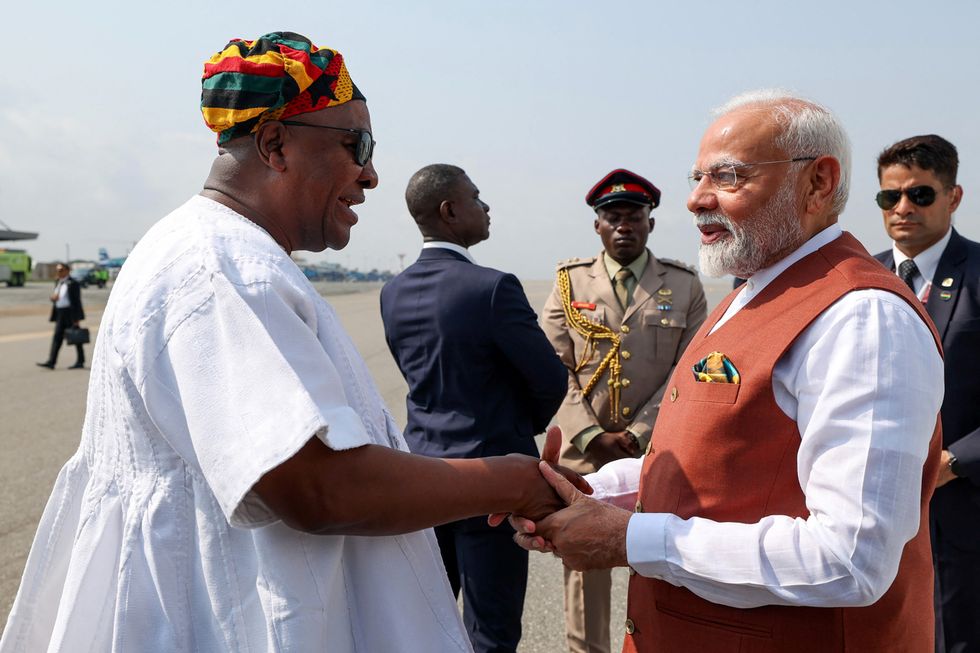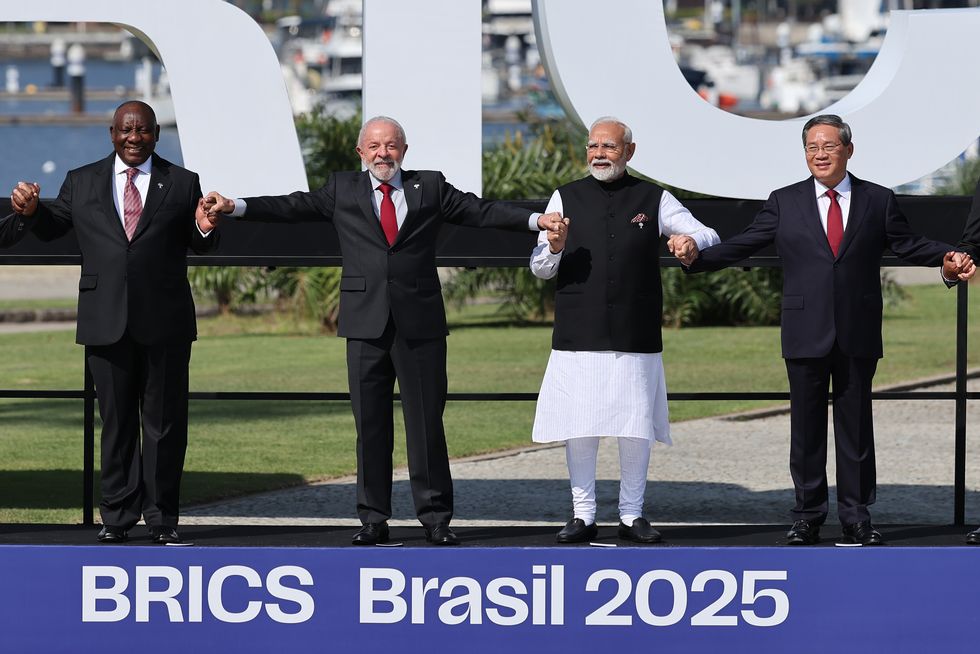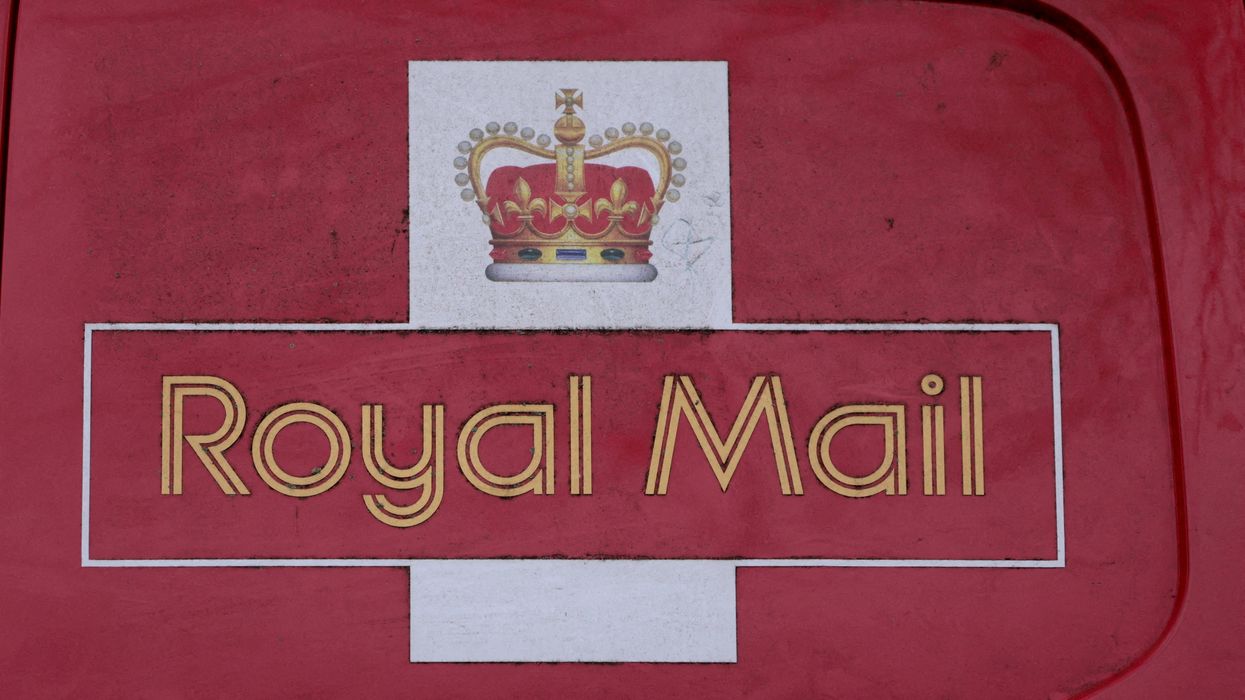NATION JOINS FORCES WITH INDUSTRY TO AID TOURISM
SPAIN is coaxing Indian movie-makers to use its colourful fiestas and historic monuments as settings for their films, in a move to grab a big- ger share of India’s fast-growing overseas tourism market.
As part of its bid to lure visitors from the world’s second most populous country, Madrid last weekend hosted the annual International Indian Film Academy awards, dubbed the “Bollywood Oscars”.
In global tourism, Spain ranks as the third most visited country, but it now wants to diversify its tourism base beyond the traditional northern European sunseekers that account for the bulk of its visitors.
Among the Bollywood stars who attended the awards ceremony in Spain were Indian star Hrithik Roshan, who featured in the 2011 coming-of-age movie Zindagi Na Milegi Dobara, which was produced in close collaboration with the Spanish tourism promotion agency, Turespana.
The film about three friends on a pre-marriage road trip across Spain includes scenes at “La Tomatina” festival in the town of Bunol, where revellers hurl mushy tomatoes at each other, as well as at Pamplona’s San Fermin bull running festival.
With scenes also set in Barcelona, Seville and the beaches of the Costa Brava, the movie was the first major Indian production to shoot extensively in various locations in Spain.
It was also the highest grossing Bollywood film of 2011.
“There was an immediate impact in the number of people re- questing entry visas to travel to Spain,” the director of the London office of Turespana, Enrique Ruiz de Lera, who led the agency’s talks with the producers of the movie, said.
The year after its release, 60,444 Indians visited Spain, nearly double the 2011 figure, according to the industry and tourism ministry. Last year 85,000 Indians visited Spain.
Turespana regularly takes part in film location fairs in India to pitch the tax breaks and other incentives available to movie producers who shoot in Spain.
Lonely Planet in 2013 launched a guide to Spain aimed specifically at the Indian market and travel agencies still advertise tours to the locations featured in the Zindagi movie.
India’s ambassador to Spain, Vikram Misri, said the film “was singlehandedly responsible for making Spain a household name in India and increasing tourism from India”.
Since Zindagi, another “five or six” Indian films have been shot in Spain although none was as popular at the box office, the director of the Mum- bai office of Turespana, Ignacio Ducasse, said.
They include one by Zindagi director Zoya Akhtar, Dil Dhadakne Do, featuring Bollywood star Anil Kapoor, which was filmed on a ship be- longing to Pullmantur, Spain’s biggest cruise operator.
The comedy-drama about a dysfunctional family on a 10-day Mediterranean cruise was released last year and it includes scenes shot in Barcelona as well as in the various bars, restaurants and open decks of the ship.
Tourism is crucial for the Spanish economy, accounting for around 11 per cent of gross domestic product and one in nine jobs, according to the tourism ministry.
The United Nations World Tourism Organisation predicts Asian powerhouse India will account for 50 million outbound tourists by 2020, up from just 18 million in 2014.
Turespana plans to create an ad campaign to appeal to this rising tide of tourists using images of Bollywood celebrities enjoying themselves in Madrid at the awards show.
The ceremony itself was expected to bring 15,000 visitors to the Spanish capital during the week of the show.
“We are counting that the arrival of several thousand Indian friends for the (awards) ceremony will help bring millions of their compatriots in the coming years,” Spain’s secretary of state for foreign affairs, Ignacio Ybanez, said this year.















 John Dramani Mahama welcomes Modi on his arrival in Accra last Wednesday (2)
John Dramani Mahama welcomes Modi on his arrival in Accra last Wednesday (2) South Africa’s president Cyril Ramaphosa, Brazil’s president Luiz Inacio Lula da Silva, Modi and China’s premier Li Qiang at the Brics summit last Sunday (6)
South Africa’s president Cyril Ramaphosa, Brazil’s president Luiz Inacio Lula da Silva, Modi and China’s premier Li Qiang at the Brics summit last Sunday (6)

